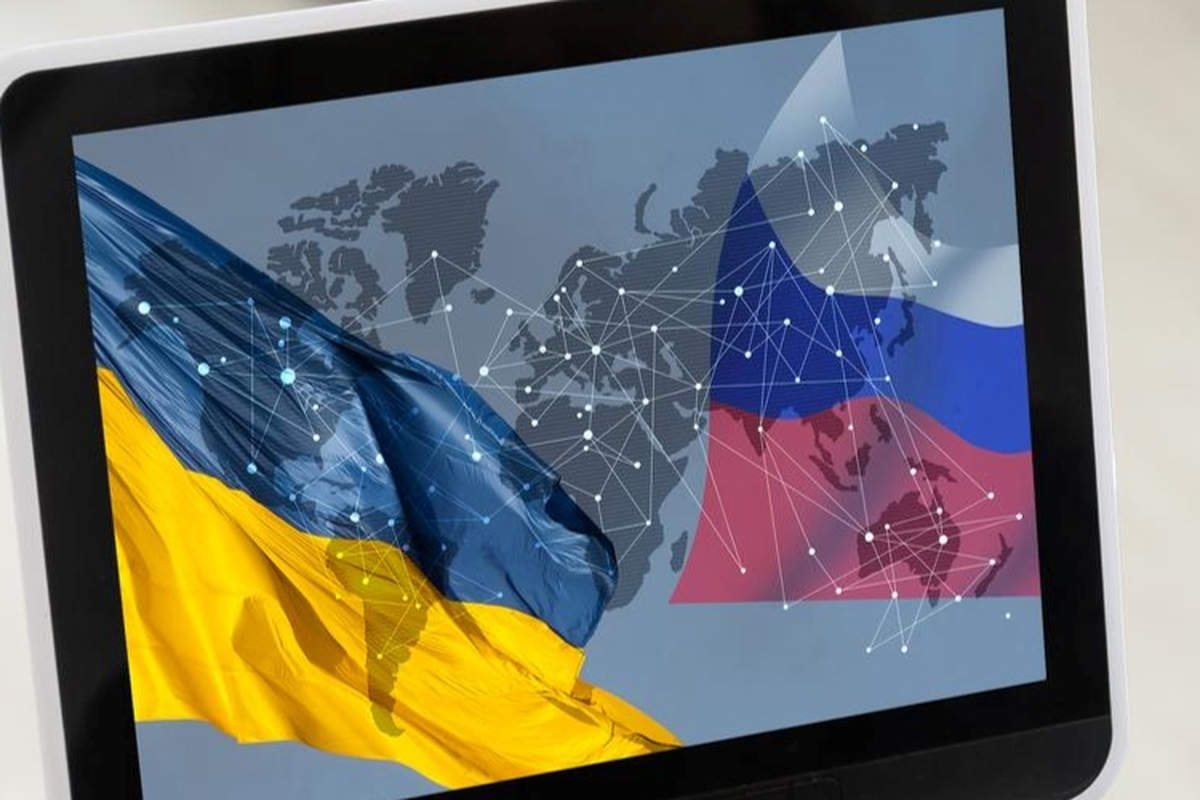Six months after the Russian invasion, the conflict is bogged down and could spiral out of control at any moment towards a worldwide explosion.
The car bombing that cost the life of 29-year-old journalist Daria Dugina on the night of Saturday 20 to Sunday 21 August 2022 is evidence of Kiev’s, and above all the West’s, desire to strike at Vladimir Putin’s immediate entourage.
Daria Dugina was the daughter of Alexander Dugin, a Russian ideologist close to the master of the Kremlin, sometimes presented as “Putin’s brain”. He was the subject of both American and European Union sanctions for advocating Russian annexation of Russian-speaking territories. Of course, he was the one who was targeted by this attack but, at the last moment, it was his daughter Daria who took the wheel alone.
If the attack has not been claimed, all eyes are on Kiev. And it is difficult to see Putin not reacting to such a crime.
Retaliation expected
During the same night of Saturday to Sunday, another attack targeted this time a senior official of the Ukrainian security service (SBU). Oleksandre Nakonetchny was shot dead at his home in Kropyvnytsky, in central Ukraine. According to a local politician it could be a suicide. Others say it was a settling of scores.
We remember that Volodymyr Zelensky had dismissed, in mid-July 2022, the Attorney General Iryna Venediktova and the head of the security services of the country (SBU) Ivan Bakanov, because of “suspicions of treason of some of their subordinates for the benefit of the Russians.
In any case, these two events, close in time, confirm the renewed tension between Russia on the one hand and Ukraine and the West on the other.
Volodymyr Zelensky fears imminent reprisals. In a televised statement, he “warns” against the risk of Russian provocations. “Russia could do something particularly disgusting and cruel,” says the Ukrainian president. When? Probably next week, when Ukraine celebrates its Independence Day on August 24.
Risk of nuclear accident
In the meantime, tension is rising around the Zaporizhia nuclear power plant, with Kiev and Moscow accusing each other of wanting to bomb the site and provoke a gigantic catastrophe.
It is in this very sensitive context that Russia announced, on Thursday 18 August 2022, the deployment of three MIG-31 aircraft armed with Kinja hypersonic missiles in the Kaliningrad region. These three aircraft will form a 24-hour operational combat unit, according to the Russian Minister of Defence.
Rather than calm the situation, Washington announced a new military aid package of 775 million dollars for Kiev, in addition to the 1 billion dollars released on 8 August 2022. With the dispatch of Himars missiles, of formidable precision, drones, mobile cannons, weapons and ammunition compatible with those sent by NATO countries. In addition, of course, there are the “advisors” sent to help the Ukrainian troops use these sophisticated weapons.
NATO countries are not to be outdone, notably France, which is sending weapons to Kiev as well as men stationed in Romania to train Ukrainian soldiers.
The situation is therefore explosive. So much so that on Sunday 21 August, Joe Biden for the United States, Emmanuel Macron for France, Olaf Scholz for Germany and Boris Johnson for the United Kingdom signed a joint statement calling for “restraint” around the Zaporizhia power plant. They called for the rapid dispatch of an international atomic energy inspection mission (IAEA).
Six months after the Russian invasion of Ukraine, the war is far from over. And the worst can happen.
🔴 Zelensky met en garde contre le risque accru de «cruelles» provocations russes
La Russie pourrait «faire quelque chose de particulièrement dégoûtant» et «cruel» la semaine prochaine en Ukraine selon le président ukrainien. https://t.co/CUmnqtbxXZ
— Le Figaro (@Le_Figaro) August 21, 2022

